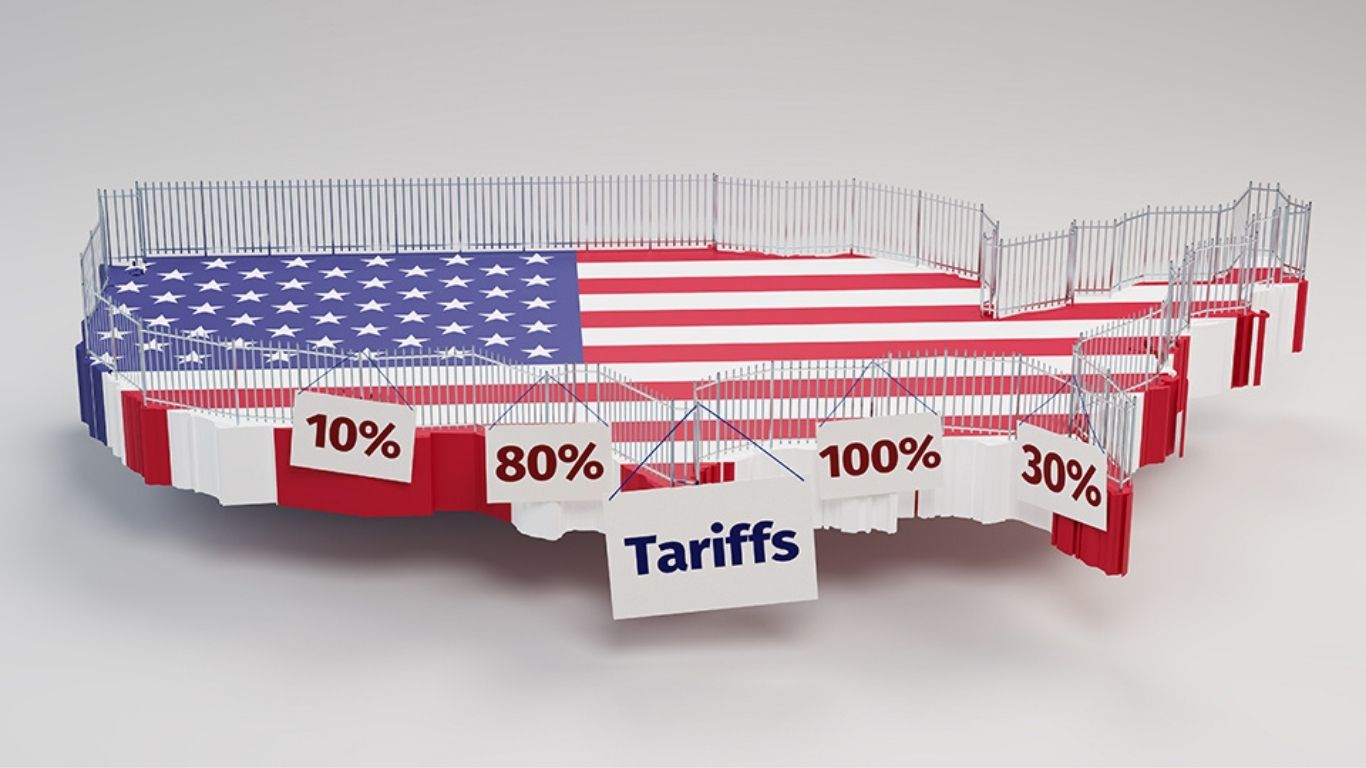The World Bank’s latest Global Economic Prospects report delivers a stark warning: the global economy is entering a period of profound slowdown, with growth projected to decelerate to just 2.3% in 2025 the slowest pace since the 2008 financial crisis, excluding outright recessions. This “growthquake” is driven primarily by escalating trade frictions, heightened policy uncertainty, and a confluence of geopolitical and environmental risks that together threaten to stall global progress.
Trade Tensions and Policy Uncertainty: The Global Growth Headwinds
Trade disputes, notably linked to U.S. tariffs, have emerged as the most significant drag on global economic momentum. The World Bank reports that nearly 70% of all economies worldwide have had their growth forecasts downgraded in recent months due to these tensions. The effective tariff rates have surged to levels unseen in nearly a century, prompting retaliatory measures and disrupting established supply chains. This environment of uncertainty has sapped business confidence, restrained investment, and slowed trade growth to less than 3% a sharp decline from the 5.9% average in the 2000s.
Indermit Gill, Chief Economist of the World Bank Group, describes the developing world outside Asia as a “development-free zone,” highlighting a troubling trend where growth rates in these regions have steadily declined from 6% in the 2000s to under 4% in the current decade. This slowdown is compounded by record-high debt levels and sluggish investment growth, which collectively undermine the ability of emerging and developing economies to create jobs, reduce poverty, and close income gaps with advanced economies.
A Decade of Subdued Growth
The report paints a sobering picture of the 2020s as a decade of historically weak economic expansion. Average global growth over the first seven years of this decade is set to be the slowest since the 1960s, with developing economies expected to grow at just 3.8% in 2025 over a full percentage point below the average of the 2010s. Low-income countries face even greater challenges, with growth forecasts cut to 5.3%, down 0.4 percentage points from earlier projections.
This sluggish growth trajectory threatens to stall progress on critical development goals. Per capita income growth in developing economies is projected at 2.9% in 2025, significantly below historical averages, implying that many countries will require decades to regain pre-pandemic economic trajectories.
Inflation and Financial Volatility Persist
Inflation remains elevated, with global rates expected to average 2.9% in 2025 above pre-pandemic levels, driven by tariff-induced cost pressures and tight labor markets. Financial market volatility has surged amid policy uncertainty, further dampening investment and consumer spending.
The Silver Lining: Potential for a Growth Rebound
While the outlook is cautious, the World Bank underscores that global growth could rebound if major economies manage to resolve trade disputes. Their analysis suggests that halving current tariffs could boost global growth by 0.2 percentage points on average over 2025 and 2026, providing a critical stimulus to trade, investment, and confidence.
Strategies to Mitigate Trade Tensions and Boost Future Global Expansion
Trade tensions have emerged as a significant drag on global growth, but a range of strategic solutions can help ease frictions and unlock new opportunities for expansion. Drawing from recent global developments and expert analysis, here are the most effective strategies:
Diversifying Supply Chains: Countries and companies are increasingly reducing reliance on single markets, notably China, by adopting a “China plus one” strategy. This approach insulates economies from shocks, trade wars, and economic coercion, while ensuring access to vital raw materials and manufacturing capabilities.
Negotiating and Updating Trade Agreements: The expansion and modernization of Free Trade Agreements (FTAs) are crucial. Recent US-China negotiations, which led to significant tariff reductions, demonstrate how dialogue and compromise can de-escalate trade wars. New and updated FTAs help address trade imbalances, protect domestic industries, and promote fairer, more stable trade relations.
Strengthening Dispute Resolution Mechanisms: Utilizing established platforms like the World Trade Organization’s (WTO) dispute settlement system allows for arbitration, appeals, and enforcement of rulings. Effective dispute resolution mechanisms help resolve conflicts, ensure compliance, and maintain trust in the global trading system.
Harmonizing Standards and Regulations: Trade negotiations should focus on harmonizing standards for intellectual property, labor rights, environmental protection, and product safety. This reduces barriers, simplifies cross-border business, and fosters mutual trust among trading partners.
Encouraging Diplomatic Engagement and Cooperation: Trade negotiations are not only about economics they also strengthen diplomatic ties, create channels for cooperation, and help resolve broader political disputes. This stability is essential for sustained global growth.
Investing in Technology and Infrastructure: Modernizing logistics, investing in digital trade platforms, and improving infrastructure can reduce costs and inefficiencies, making global trade more resilient to disruptions.
Promoting Transparency and Predictability: Clear, stable, and predictable trade policies attract investment and foster long-term business planning, which is vital for global economic expansion.
Mitigating trade tensions requires a multifaceted approach: diversifying supply chains, updating trade agreements, strengthening dispute resolution, harmonizing standards, and fostering diplomatic engagement. These strategies not only reduce the risk of future trade wars but also create a more robust, resilient, and expansive global economy unlocking growth for all regions and income groups
Regional Variations and Policy Recommendations
Growth projections vary by region, with East Asia and the Pacific expected to slow to 2.4% in 2025, Europe and Central Asia maintaining a modest 2.3%, and Latin America and the Caribbean forecast to strengthen to 2.7%. The Middle East and North Africa region is projected to moderate growth to 5.8%, while South Asia remains a relative bright spot.
The World Bank calls on governments, especially in emerging markets and developing economies (EMDEs), to focus on containing inflation, strengthening fiscal resilience, and reprioritizing spending to manage risks effectively. Addressing long-standing challenges such as climate change impacts and debt vulnerabilities is also critical to sustaining future growth.
Conclusion: Navigating the Growthquake
The World Bank’s report signals a critical juncture for the global economy. The convergence of trade tensions, geopolitical risks, and environmental challenges has triggered a “growthquake” that threatens to stall decades of development progress. Yet, with decisive policy action and renewed international cooperation particularly in resolving trade disputes there remains a pathway to stabilize and accelerate growth.
As the world contends with these headwinds, the imperative is clear: mitigating uncertainty, safeguarding trade, and investing in resilient, inclusive economies are essential to steering the global economy away from stagnation and toward sustainable prosperity.




